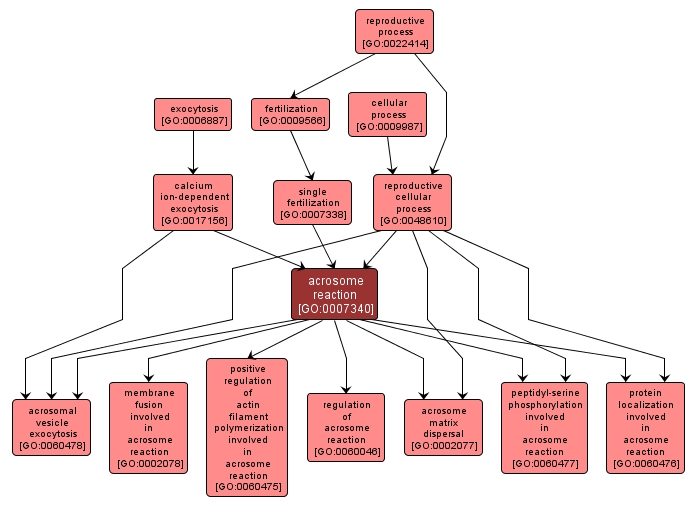| Desc: |
The discharge, by sperm, of a single, anterior secretory granule following the sperm's attachment to the zona pellucida surrounding the oocyte. The process begins with the fusion of the outer acrosomal membrane with the sperm plasma membrane and ends with the exocytosis of the acrosomal contents into the egg. |














